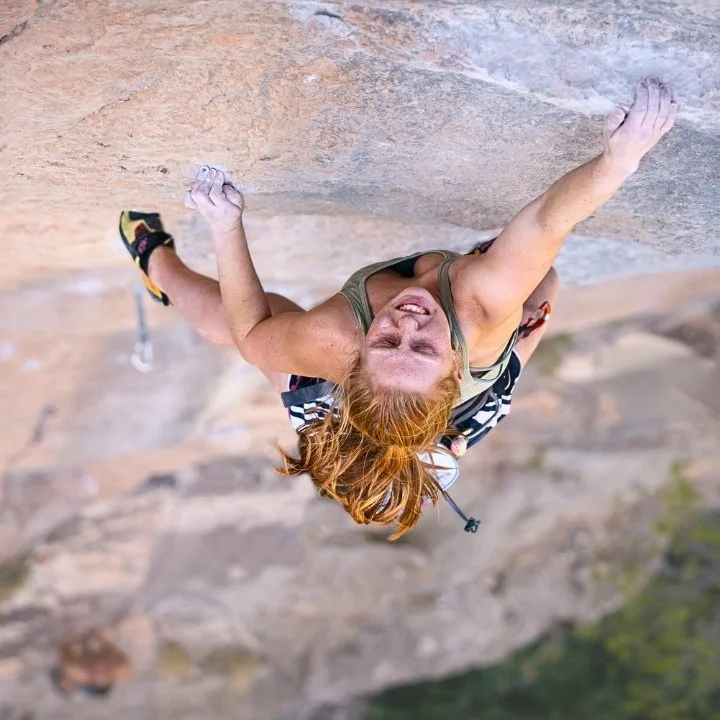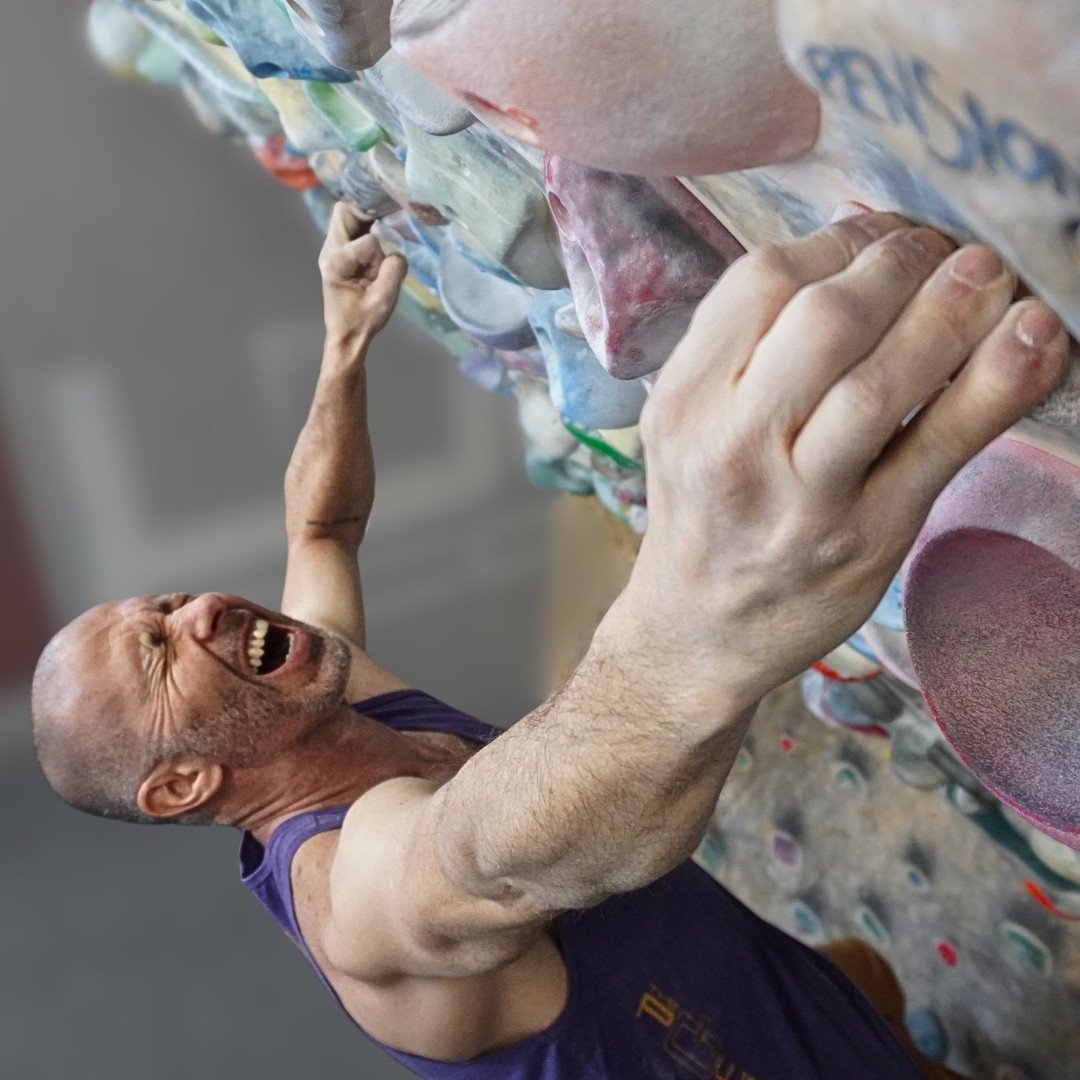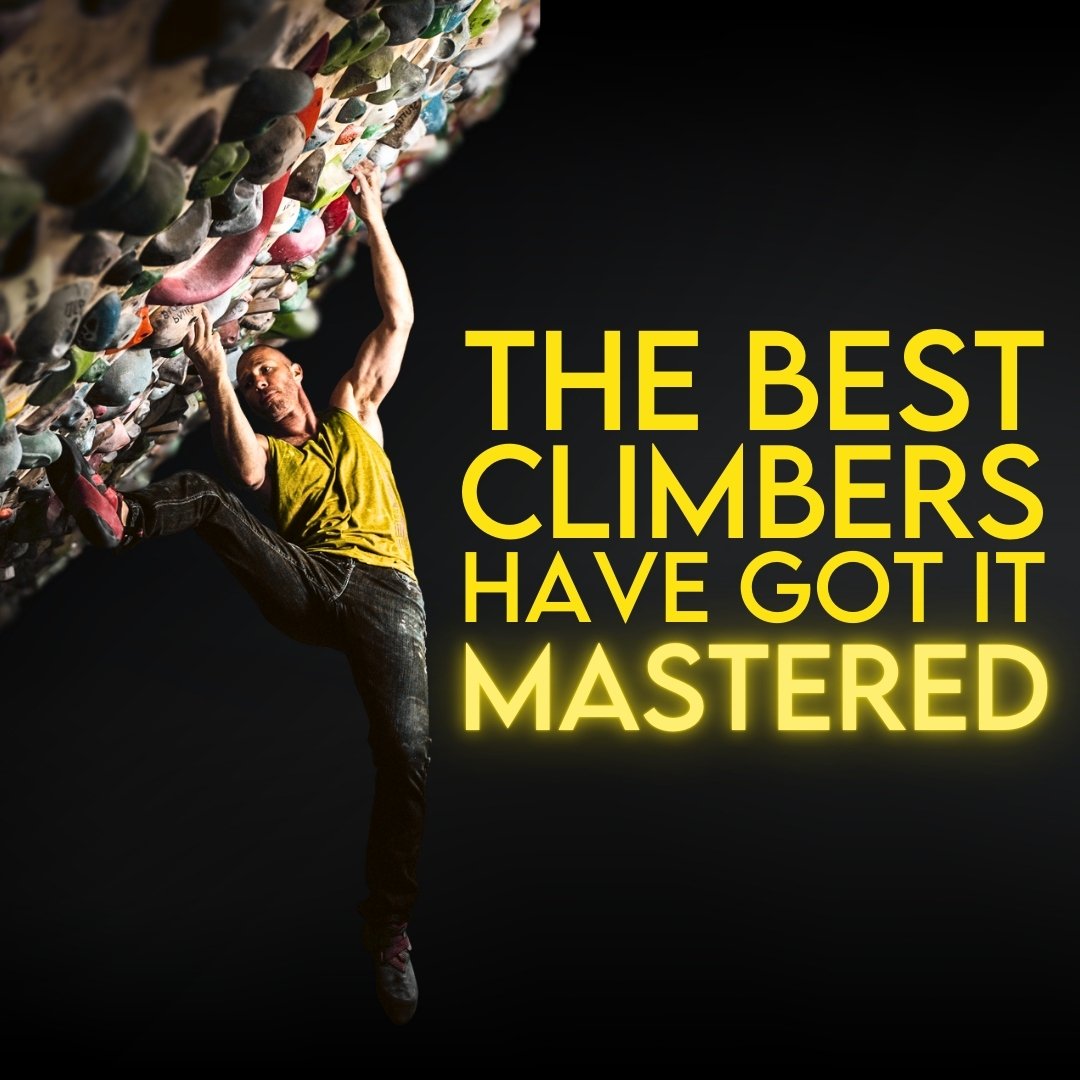The Plateaus of Perception
What if the reason you aren’t getting better at climbing isn’t because you can’t improve upon where you’re at, but because you refuse to acknowledge what your current abilities actually are?
An issue that I’m seeing more frequently is that people get so entranced with where they wish their climbing was that they forget where it is right now. They lose sight of the challenges that are the most accessible and appropriate for them and only want to jump several steps ahead. While we can sometimes get away with this in the early years of climbing where progress is fast and nearly guaranteed, it leaves people feeling stuck later on.
If only we could get to that next grade, then we’d finally get to climb on the routes and boulders that we really want to try. We see the climbs two steps ahead of us and we want to get there as fast as we can. This leaves us less motivated by the climbs at our level, and more likely to go to unnecessary extremes with our training.
Maybe you’ve climbed a handful of 12b’s and one 12c, and now you want to jump to trying 13a. You’ve gone so far as to convince yourself that there aren’t any good 12c’s and 12d’s around, even though anyone with eyes and a guidebook could tell you otherwise.
You decide to train like someone who climbs 5.13, and only sending a 13a will make you feel like you’ve progressed. This often leads to people doing training that isn’t appropriate for where they are, getting frustrated by a lack of progress, and then telling themselves that they are stuck.
You aren’t stuck, you’re just trying to skip too many steps.

If you are a V7 climber who wants to get to V10, it’s tempting to find one that fits your style and “put in the time.” It feels like that should be the fastest way to get there. The secret though, is that if you want to get there faster, and be there consistently, you should build your way to it. Go climb all types of V7’s, do a bunch of V8’s in a mix of styles, select several V9’s that are a little more narrowly focused towards what suits you, and then find a V10 that fits your strengths. The skills and strengths that you develop on V7’s and V8’s are necessary building blocks to climbing V10 with regularity.
Constantly dreaming about being two steps ahead of where you are now is exciting in the moment, but quickly turns into a motivational black hole if you lose passion for where you’re currently at. I’ve seen countless people make incredible ascents of climbs that they should be proud of, only to feel dejected because it’s not as hard as they wished they climbed.
Look ahead to, and even occasionally try, harder climbs to make sure you’re on the right path towards your long-term goals, but learn to appreciate and get excited about where you’re at in this moment. You’re more likely to progress faster for it, and you’ll have more fun along the way.

Switching back and forth between sport climbing and bouldering can be difficult…
Alex Megos once said that conditions don’t matter, but we all know that’s not true… or is it?
There’s one often overlooked thing that has the power to positively – or negatively – affect every single day of climbing for the rest of your life.
There is a point at which continuing a tactical approach can slow your climbing gains.
Toe-hooking can seem more like sorcery than other techniques, but you’re probably just going about it the wrong way.
Implementing this one simple thing can result in big performance gains in your climbing, no matter what level you’re at.
Despite being constantly present and often the reason we fail, Rhythm is the most underrated of the Atomic Elements of Climbing Movement.
Long-time friends Nate and Ravioli Biceps discuss lessons they’ve pulled from video gaming that can help inform our climbing.
There’s A LOT of great information out there on how to climb harder. But it’s tough to sort through…
Short climbers are good at getting scrunchy, and tall climbers are good at climbing extended, right? Wrong.
One of the most common places things start to fall apart is at the very beginning of the move.
We know spending time on a finishing link is smart tactics for hard climbs. So why not apply the same concept to individual moves?
Learning when and how to compensate for a weakness is a skill. And skills need to be practiced.
Lowball boulders, while not as proud, can still teach us new movement, new ways to utilize tension, and force us into finding new techniques.
I never thought I’d be recommending this, but some of y’all should be putting less effort into becoming technically better climbers.
Training principles are important, but when they creep into performance, your climbing will suffer. Nearly every time.
We have become collectors of dots. But there’s one major thing that happens when we connect dots that is entirely lost in mass dot collection: critical thinking.
Do you really have terrible willpower? Or are you surrounded by distractions and obstacles?
You have a climbing trip coming up. The rock is different. The style is different. Your pre-trip time is short and the number of days you’ll be climbing, even shorter…
Giving artificially low grades to climbs increases their perceived value for our training and development. The more something is mis-graded the more we naturally want to prioritize it.
Discussion around grades can be so polarizing that many of us avoid the topic.
Climbing starts off as this self-feeding cycle that has you wishing you could climb seven days a week. What happens when this cycle stops bringing improvement though?
Big moves on boards won’t help you build this skillset that can help boulderers break through common grade plateaus.
Countless climbers believe they are stuck on some grade plateau… but are they really?
It can mean the difference between being plateaued forever and breaking through quickly into harder grades.
Using one simple question, we can continue to progress and move past the common bottlenecks in grading.



































A better way to view grades and progression?